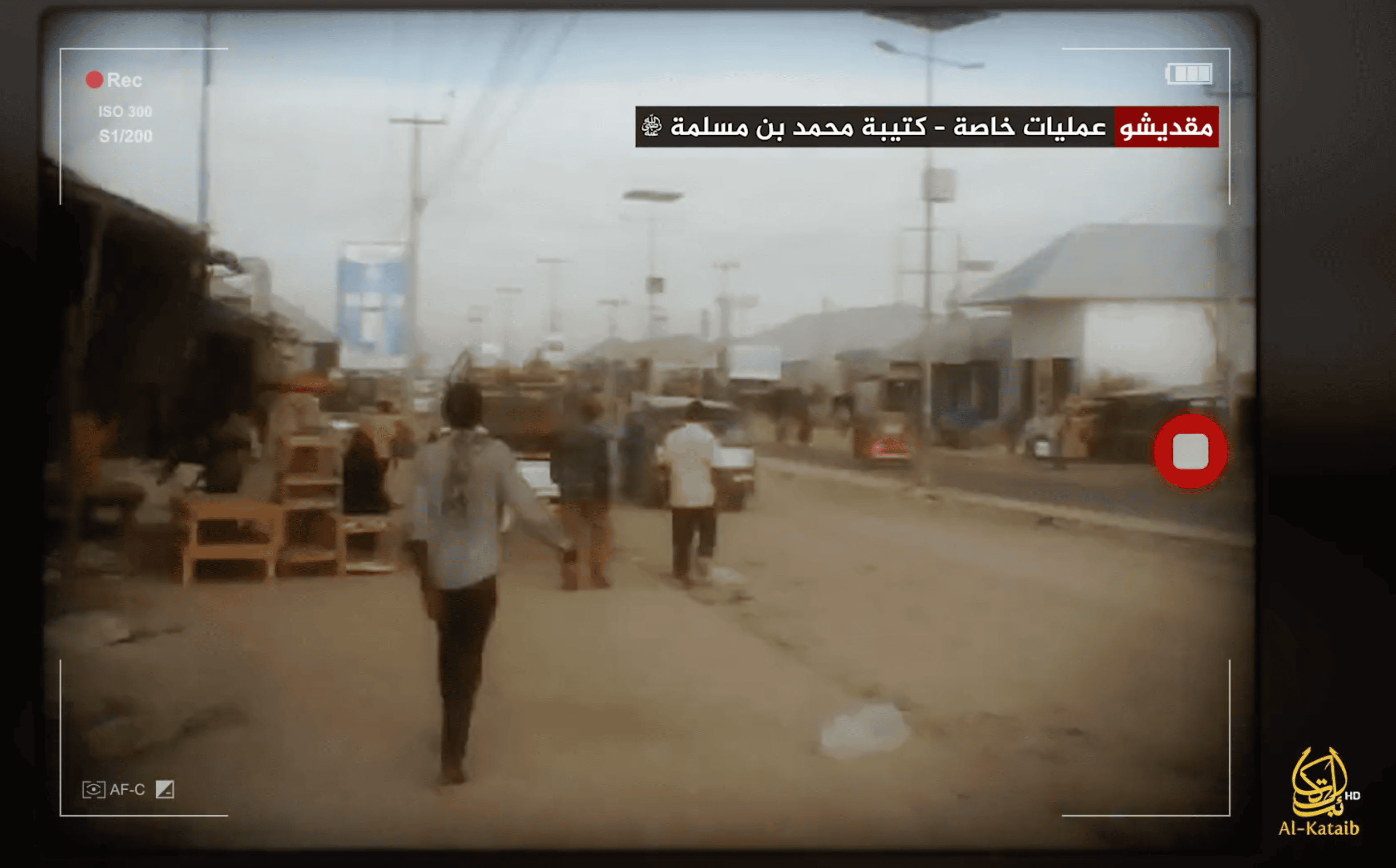
Shabaab celebrates its assassinations in Mogadishu, jihadist attacks in the West
Shabaab again highlights operations from its urban assassination unit in Mogadishu. In doing so, it places these killings in the context of the wider global jihad.

Shabaab again highlights operations from its urban assassination unit in Mogadishu. In doing so, it places these killings in the context of the wider global jihad.
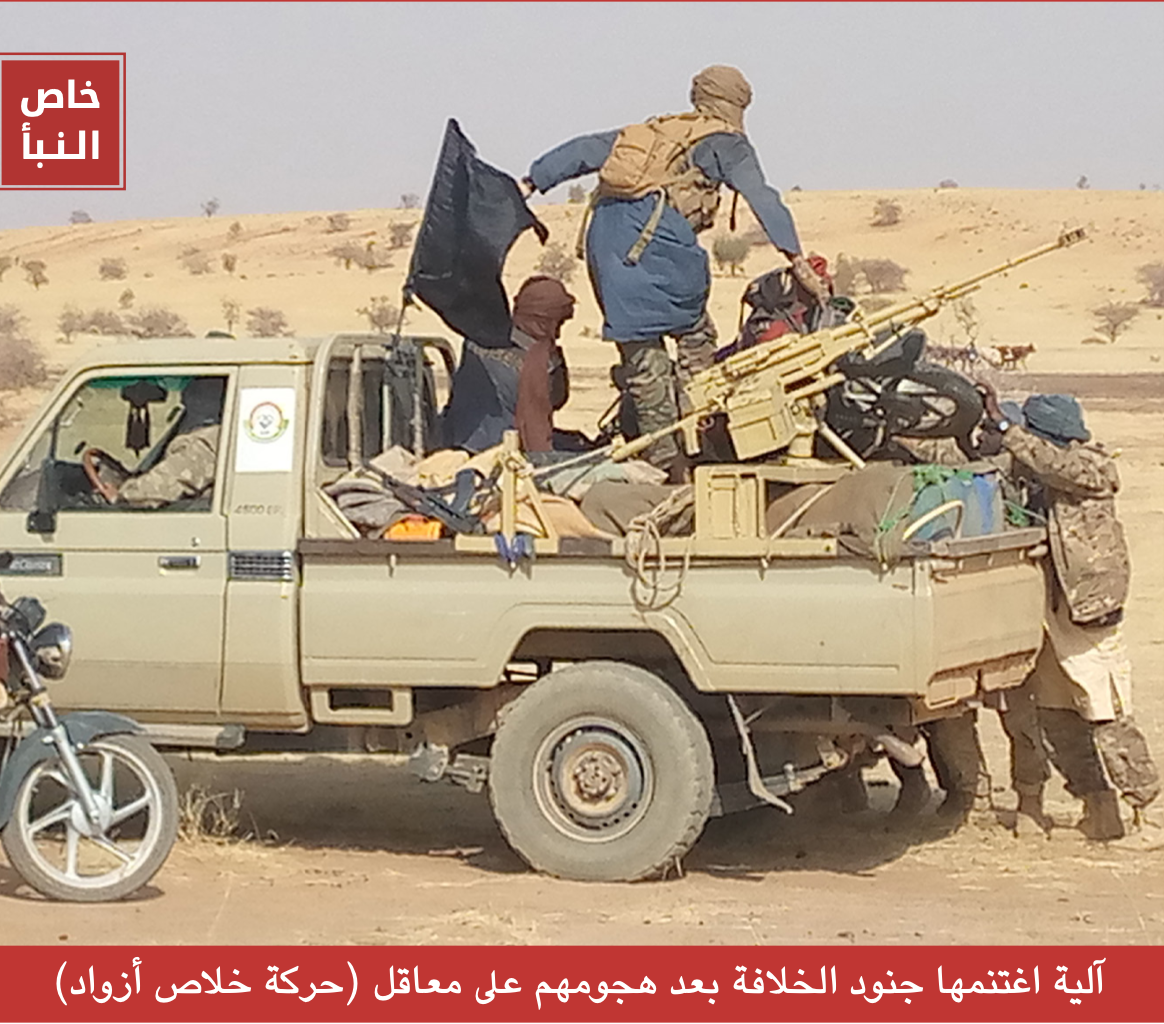
Around 400 civilians, mainly from a small ethnic group in northern Mali’s rural border areas near Niger, have been killed by the Islamic State since March 8.
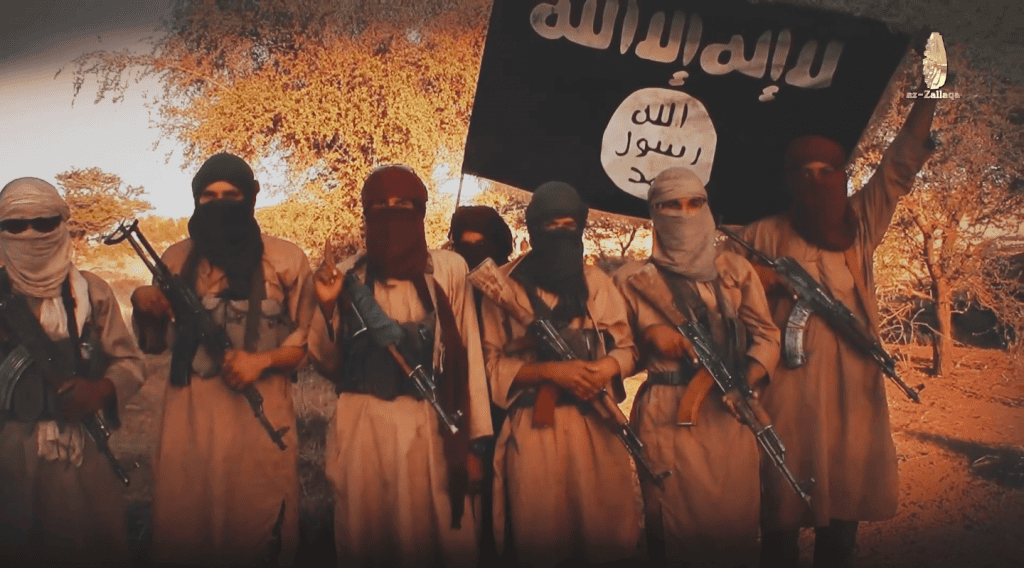
France says its forces killed Yahia Djouadi, a senior veteran of al Qaeda in the Islamic Maghreb, inside northern Mali. The raid comes after France and its European allies are set to withdraw from Mali.
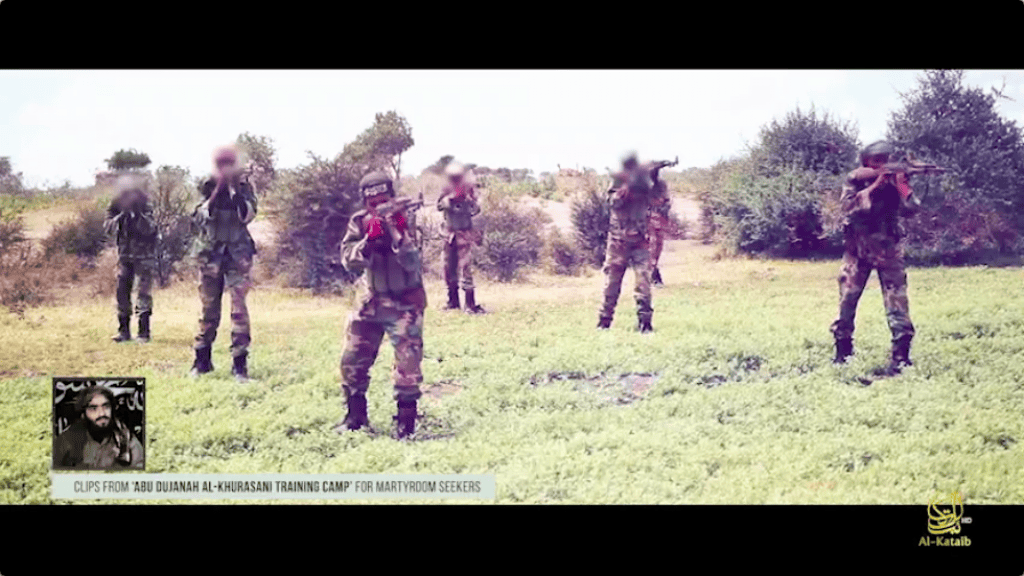
Shabaab launched near simultaneous assaults across 5 areas of Mogadishu and its suburbs, showing the group’s continued strength as Somalia preps for its upcoming presidential election.
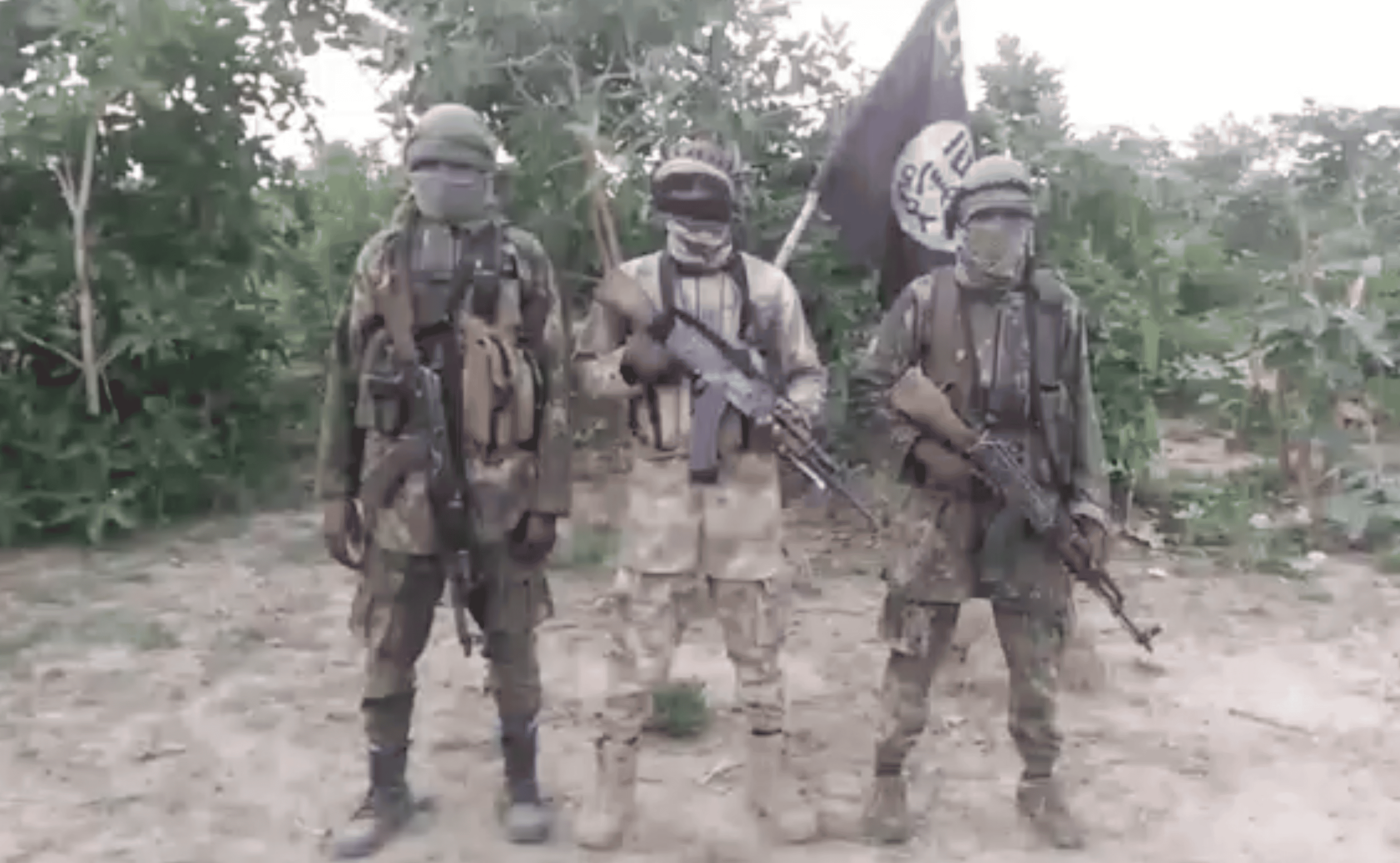
In a recent statement released online, Jamaat Ansar al Muslimeen, better known as Ansaru, confirmed it maintains its allegiance to al Qaeda after reportedly re-pledging allegiance to al Qaeda in the Islamic Maghreb in 2020.
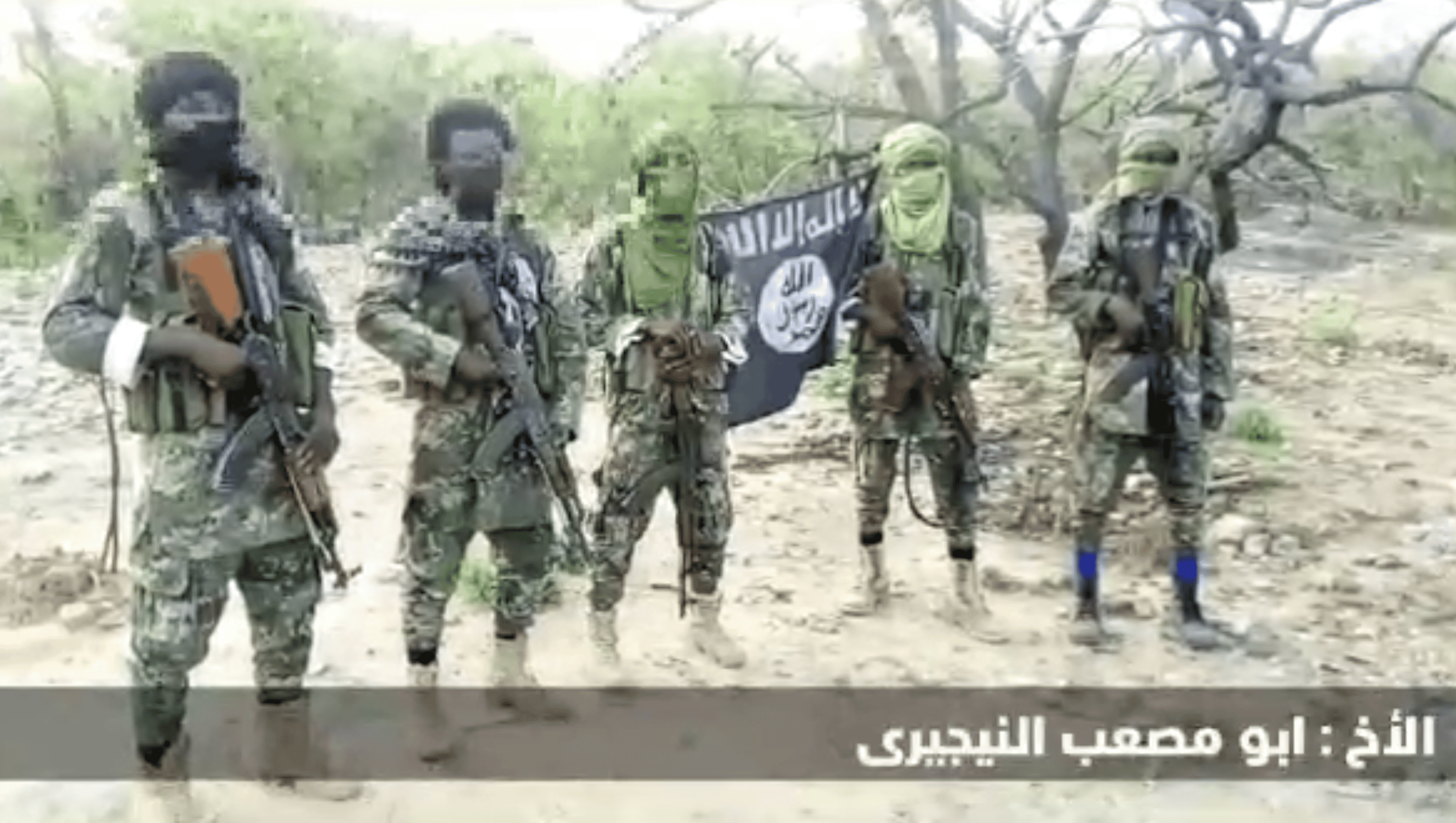
Two new videos from Ansaru, or al Qaeda’s franchise in Nigeria, demonstrate the group’s continued ideological affinity and connections to the global jihadist network.

As violence continues to spread across the Sahel, particularly in Burkina Faso, the violence is now seeping into the states of Ivory Coast, Togo, and Benin.

Local Malian sources report that the emir of Katibat Gourma, a sub-unit of Al Qaeda’s Group for Support of Islam and Muslims (JNIM), was killed in a French operation in northern Mali yesterday. France has confirmed it targeted Katibat Gourma, but the death of its emir is not yet confirmed.
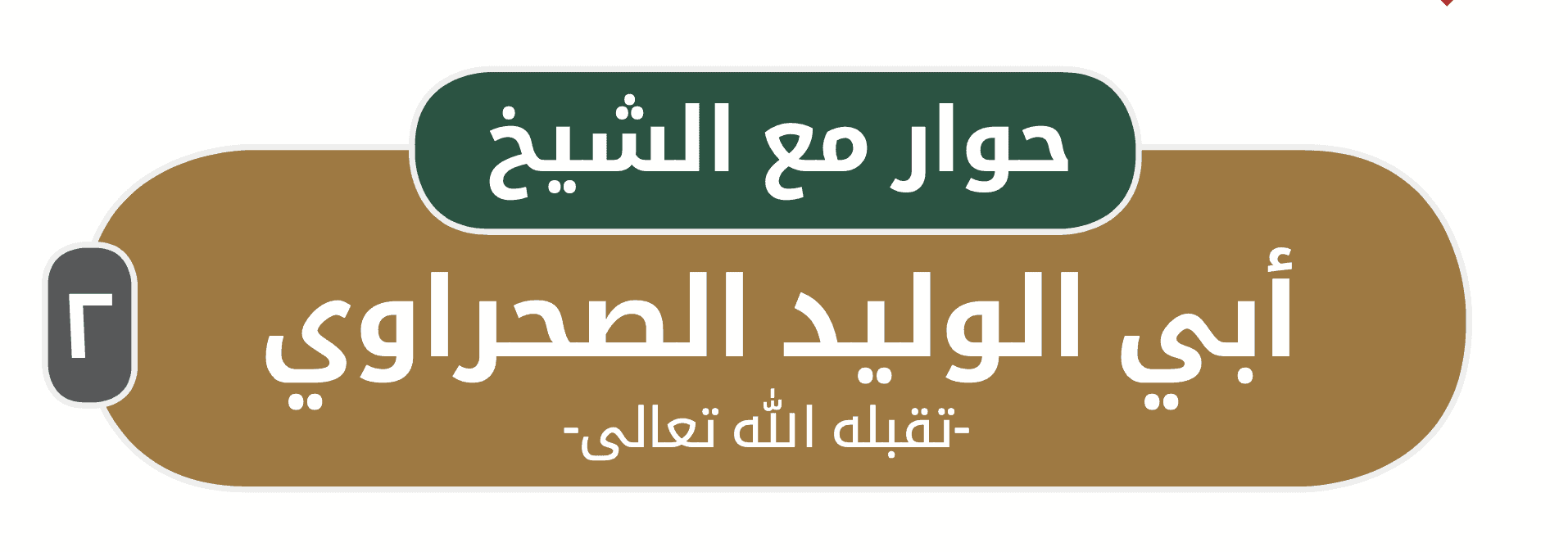
Coming roughly a month after France reported it had killed Abu Walid al Sahrawi, the Islamic State’s leader in the Sahel, the Islamic State itself has finally subtly confirmed the reports. The jihadist group has not publicly named a successor.
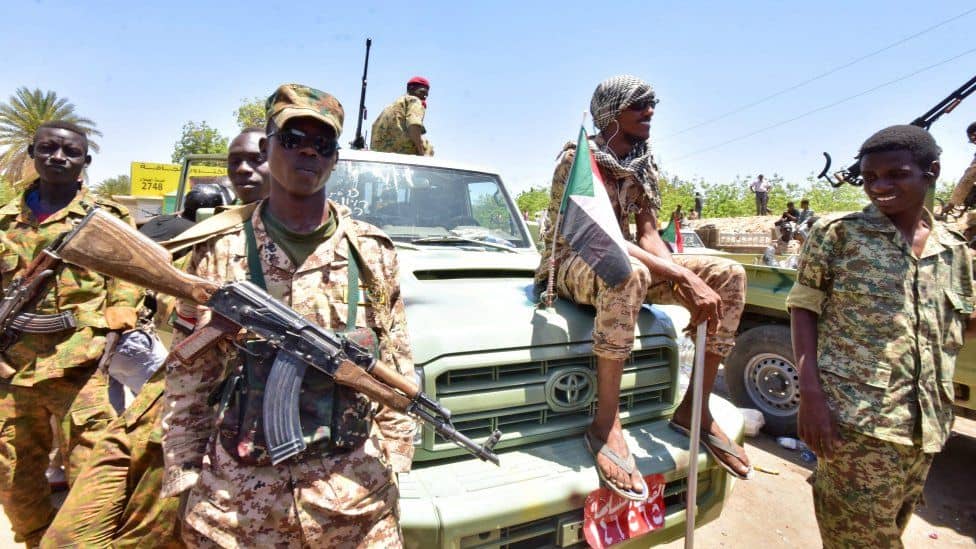
Sudan’s intelligence service has reported three raids on suspected Islamic State cells in Khartoum in the last week. However, details remain murky surrounding the details of the Islamic State’s purported network inside Sudan.
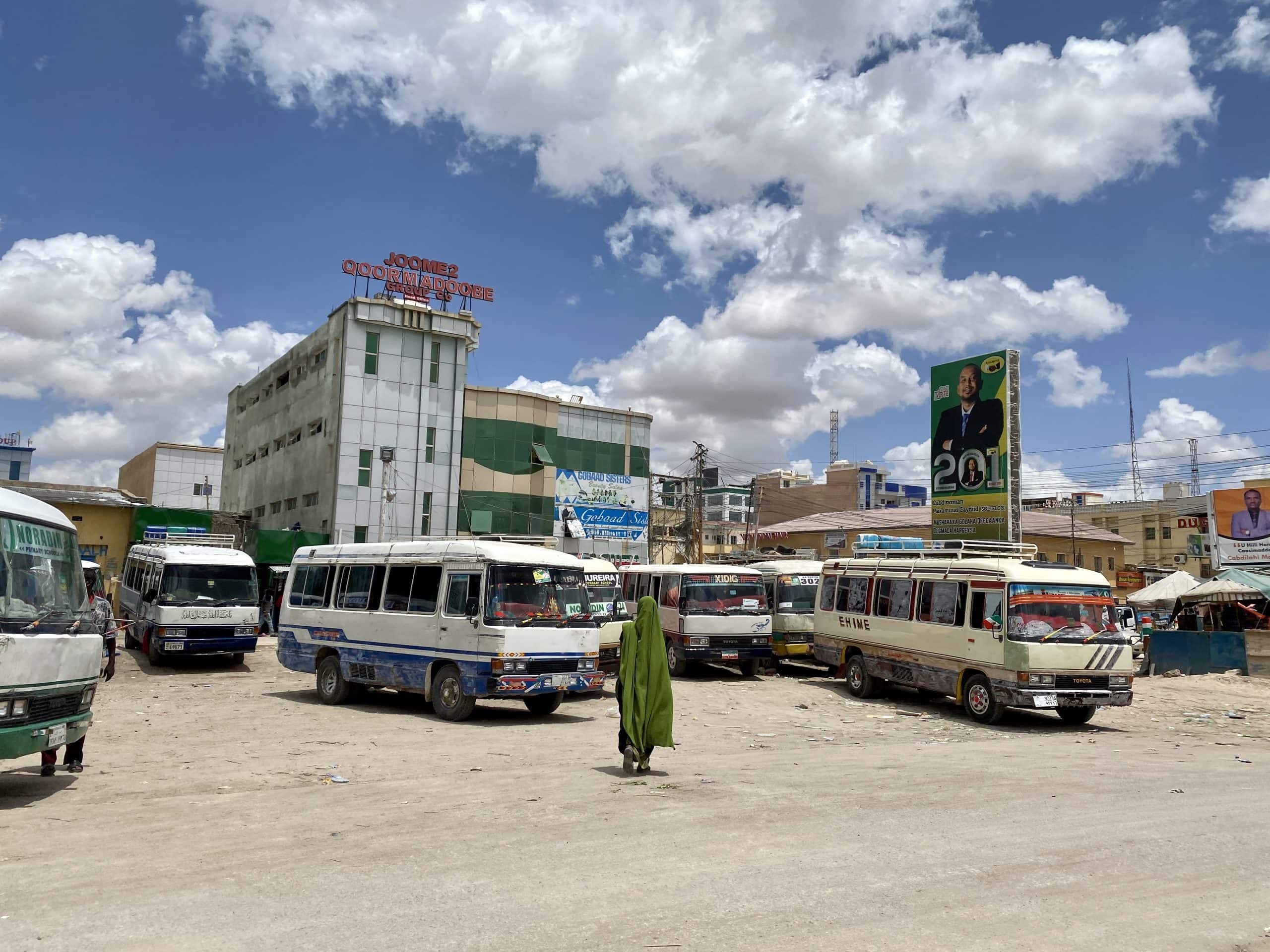
Terrorists haven’t launched major attacks in Somaliland in more than a decade. However, this does not mean it doesn’t face any real threats from Shabaab or the Islamic State.

The bombing appears to have been part of a larger effort against Somalia’s main intelligence apparatus.
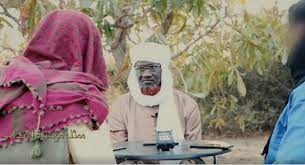
Northern Ivory Coast has seen a substantial increase in suspected jihadist attacks since March of this year. Much of the violence is emanating from southwestern Burkina Faso, where al Qaeda’s Katibat Macina is expanding.

Baye Ag Bakabo is linked to several of AQIM’s kidnappings in Mali, including the operation that left two RFI journalists dead in 2013.
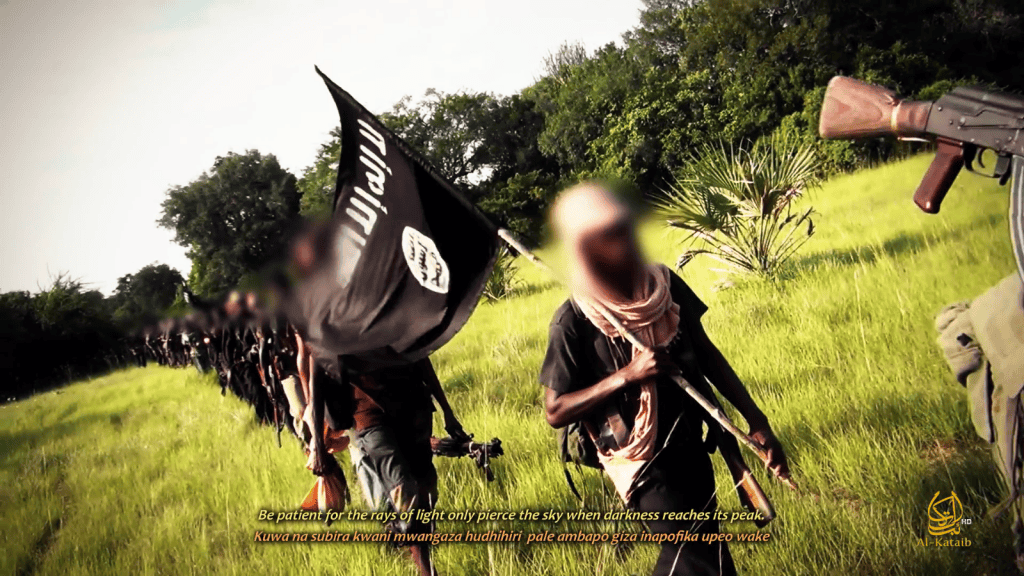
Shabaab, al Qaeda’s branch in East Africa, continues to conduct a high operational tempo inside northeastern Kenya.
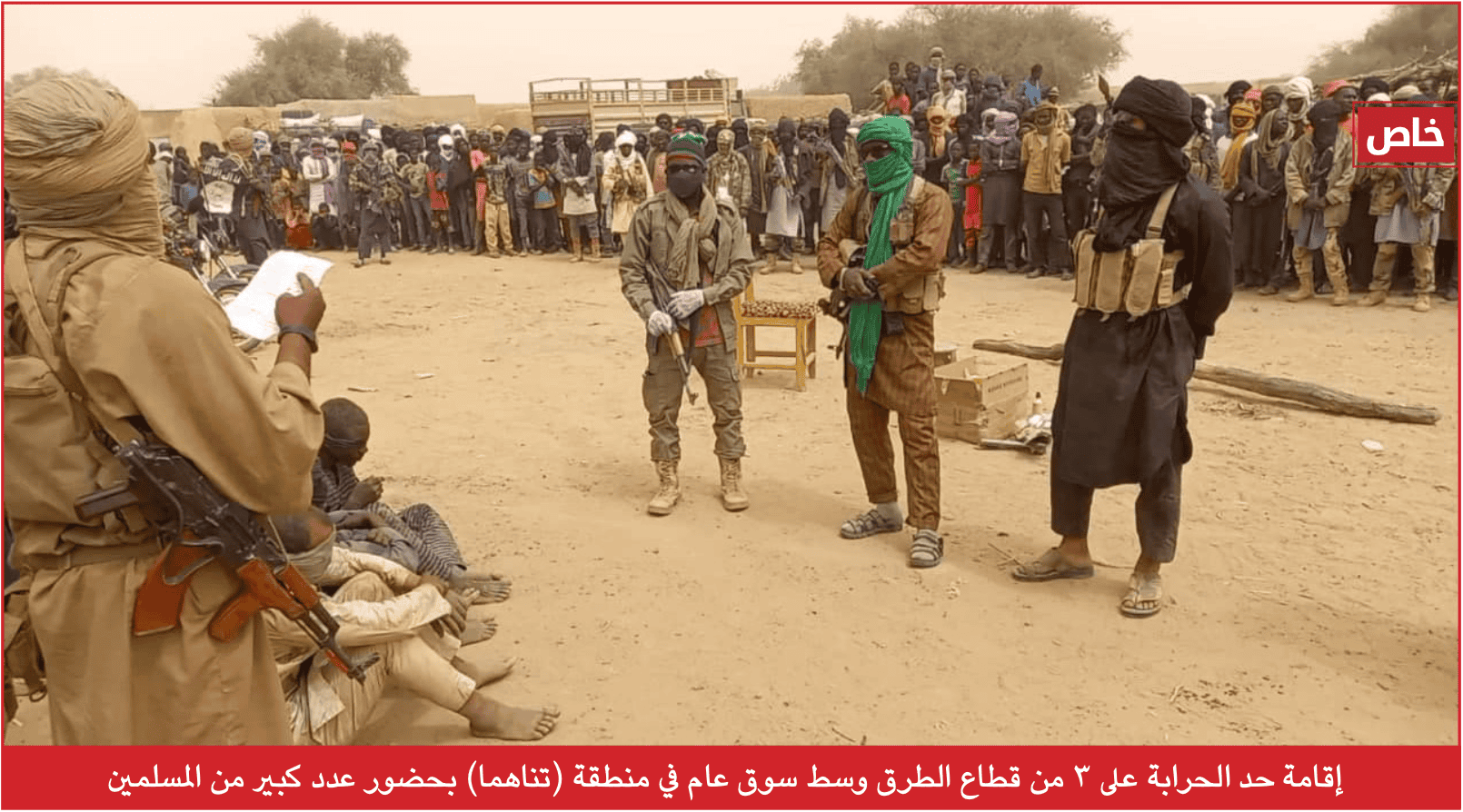
The photo offers a rare look into jihadist governance in the Sahel, in which jihadists loyal to both al Qaeda and the Islamic State wield both direct and indirect control over many rural areas.
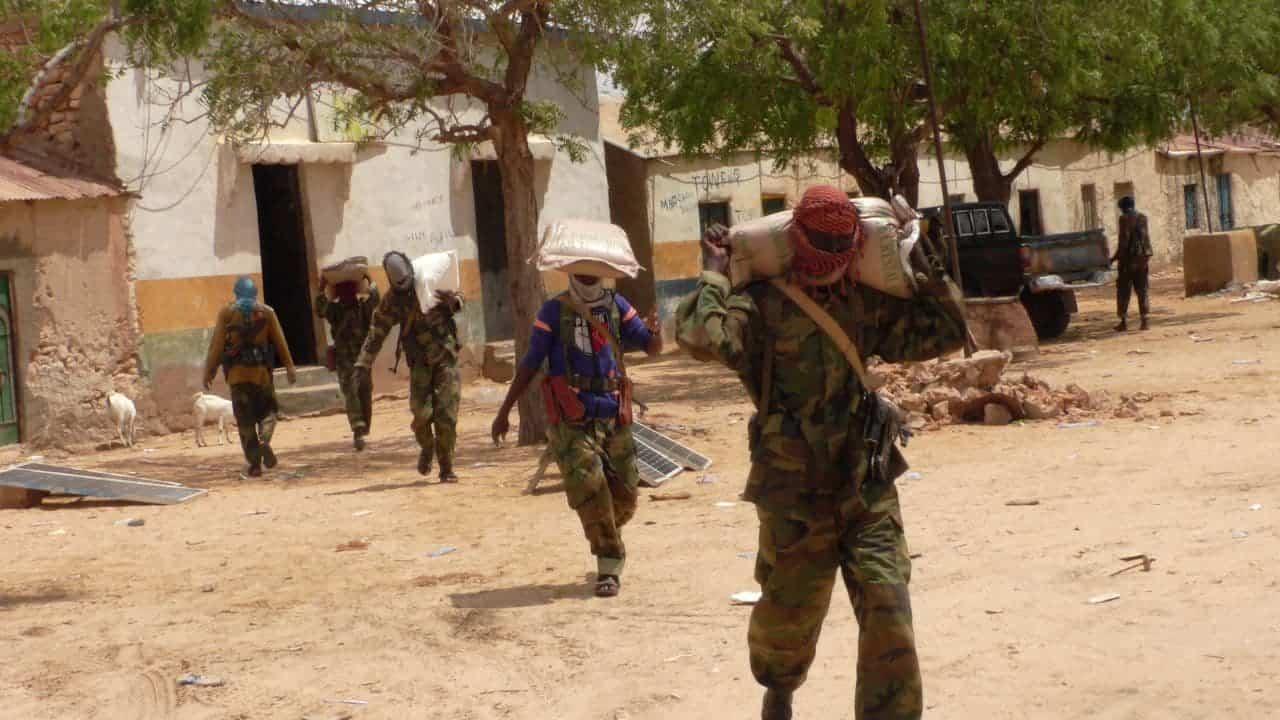
Shabaab has controlled the central Somali town of Bacaadweyne for over a month thanks to a forced political deal with the local clan.
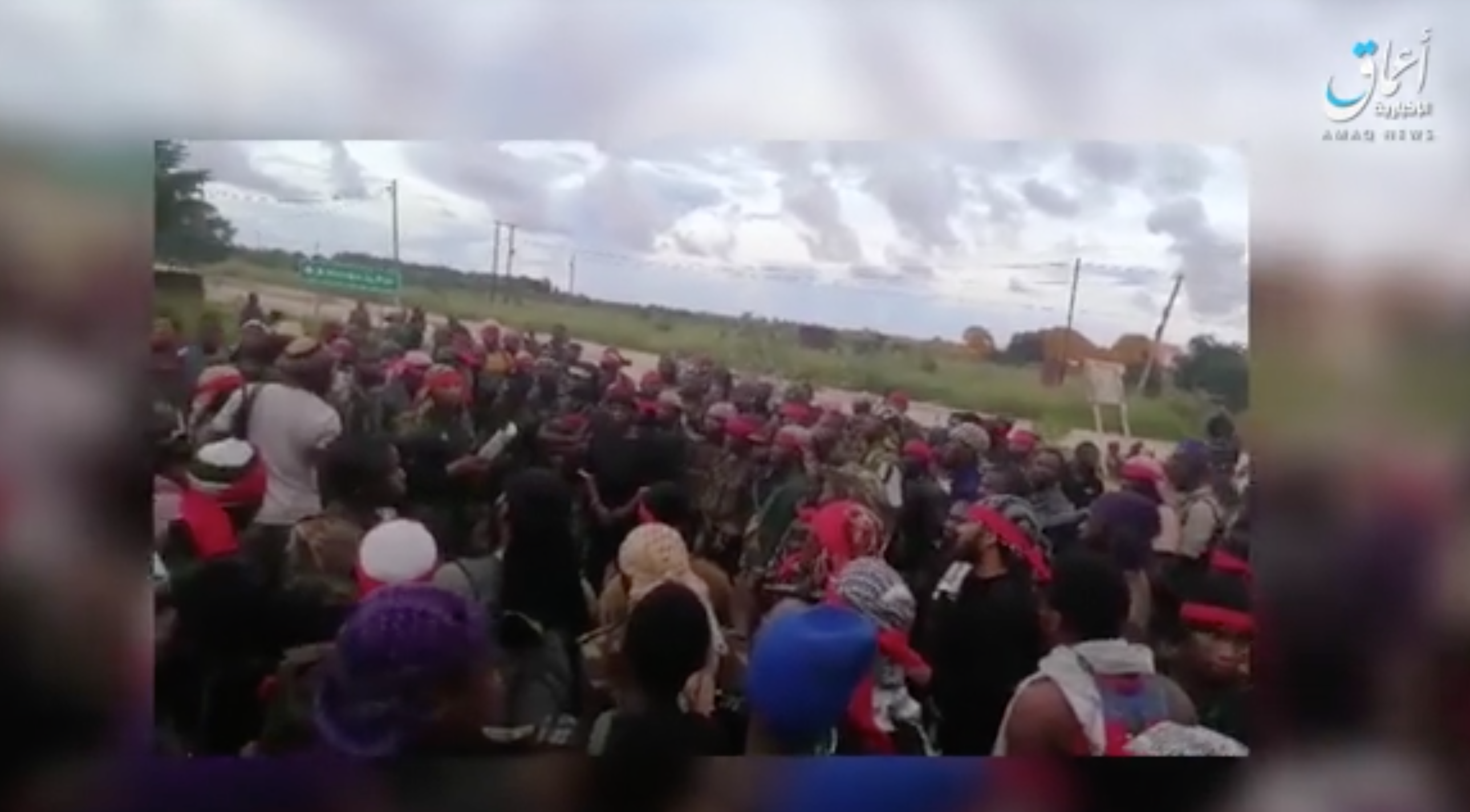
Mozambique, however, claims the fighting is still ongoing for control over the city. If its capture is confirmed, this is the second major town to fall under the control of the Islamic State’s local wing.
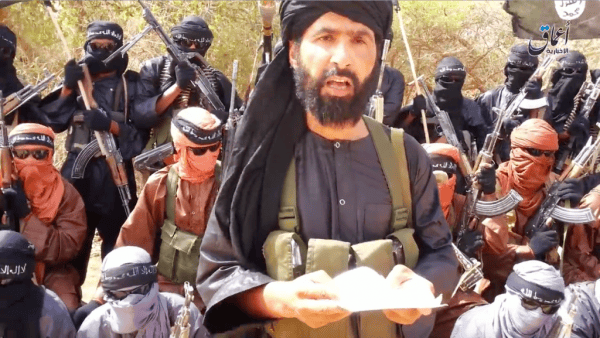
Almost 300 people have been killed in a series of mass killings in Niger and on a military position inside Mali. The Islamic State has officially claimed just one of the attacks, but it is believed to have carried out all of the massacres.

Both wings collectively represent the Islamic State’s Central African Province, which the UN recently noted as one of the Islamic State’s most ‘dependable’ affiliates.
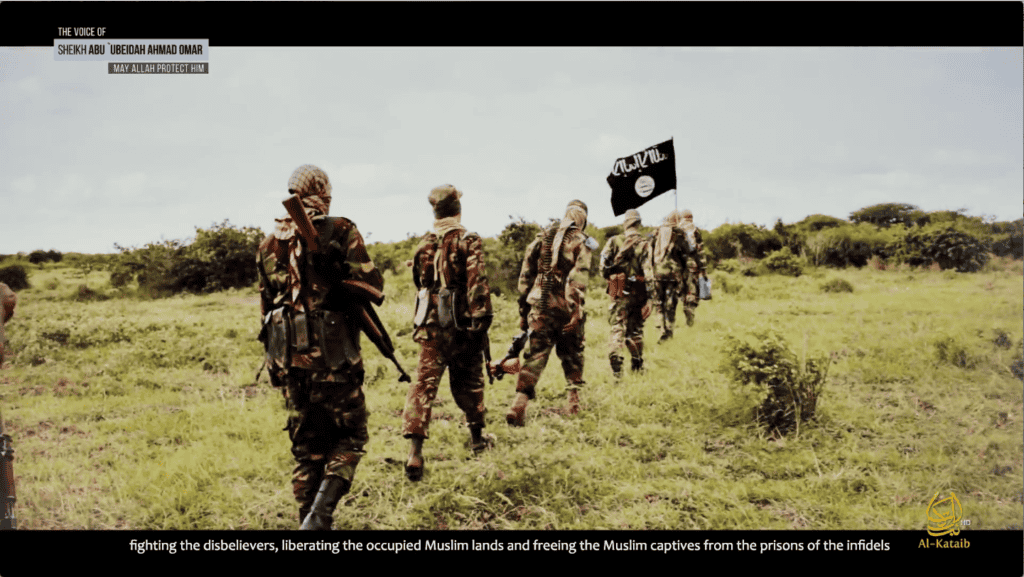
Shabaab says it freed more than 400 prisoners from the central prison of Bosaso in northern Somalia, however, this number remains unconfirmed. The group also reiterates that prison assaults are one of its main goals in its fight against the Somali state.

Al Qaeda in the Arabian Peninsula has sent a message of support to its fellow al Qaeda branch for recently killing five French soldiers.

The governor of Kenya’s Mandera County recently stated that Shabaab is controlling “over 50 percent’ of northern Kenya and “more than 60 percent” of Mandera. Kenyan authorities have quickly scrambled to contradict these claims.
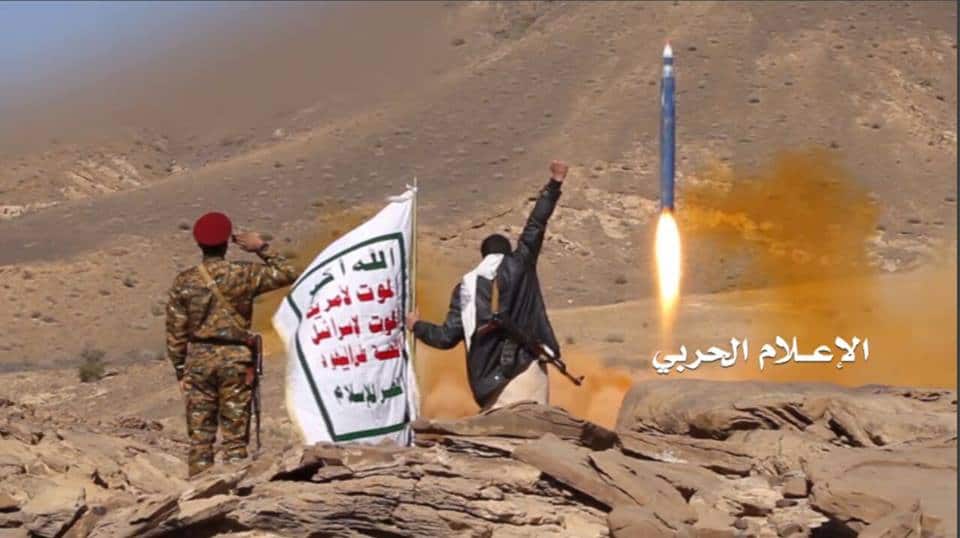
Additionally, the U.S. State Department will also designate three of the Houthis’ top leaders as global terrorists.

Shabaab killed several military officials in a suicide bombing today in Galkayo. This is just the latest in a renewed assassination campaign that has targeted a wide range of high profile Somali leaders this year.
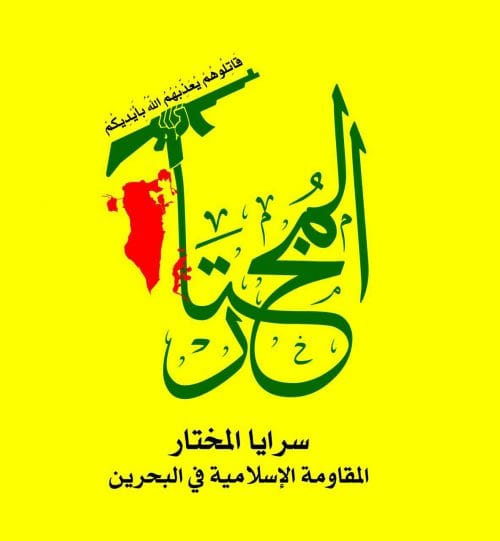
Saraya al Mokhtar is now the second Bahraini militia to be designated as terrorists for ties to Iran’s Islamic Revolutionary Guard Corps.

Shabaab briefly occupied a Somali military base and its adjacent town yesterday following a major assault in central Somalia.

France has claimed it killed Bah Ag Moussa, an important JNIM commander, in a recent military raid in northern Mali. JNIM has not yet commented on the news.

In an interview with the Islamic State’s Al-Naba newsletter, Abu Walid al-Sahrawi, the leader of the Islamic State in the Greater Sahara, attempts to paint al Qaeda’s efforts in the region as rife with internal squabbles and disunity.
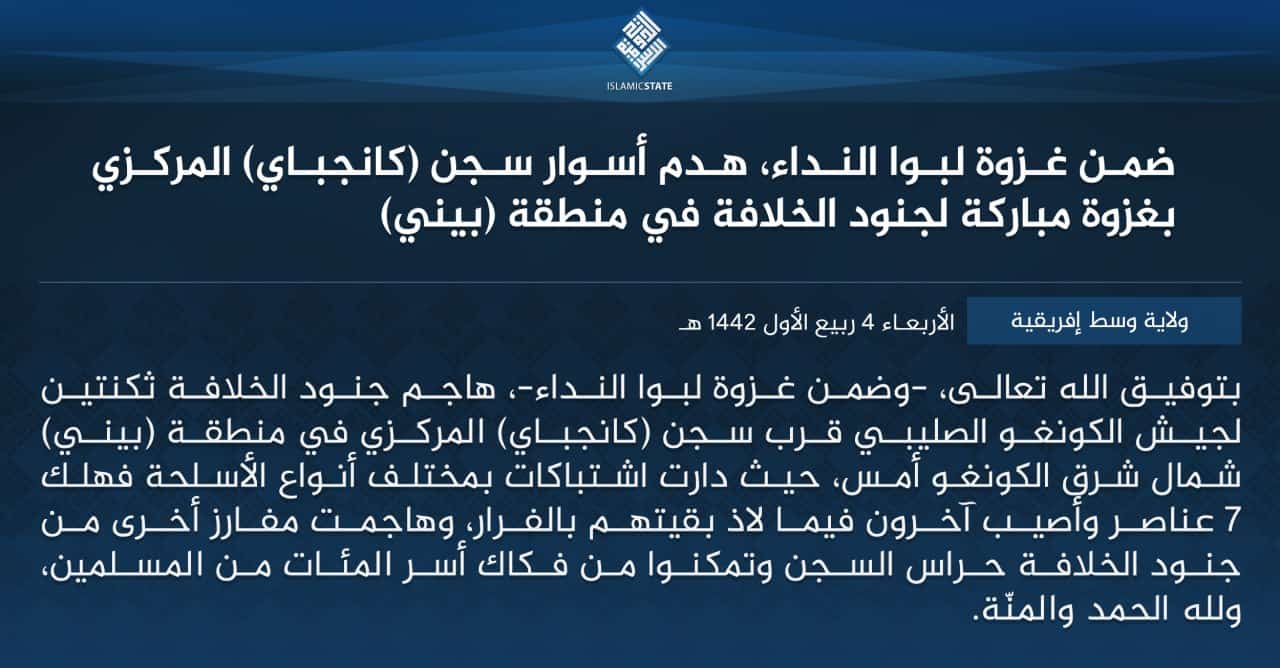
Both the Islamic State and its local affiliate, the Allied Democratic Forces, have linked yesterday’s prison break in DRC to a recent speech by the official Islamic State spokesman.